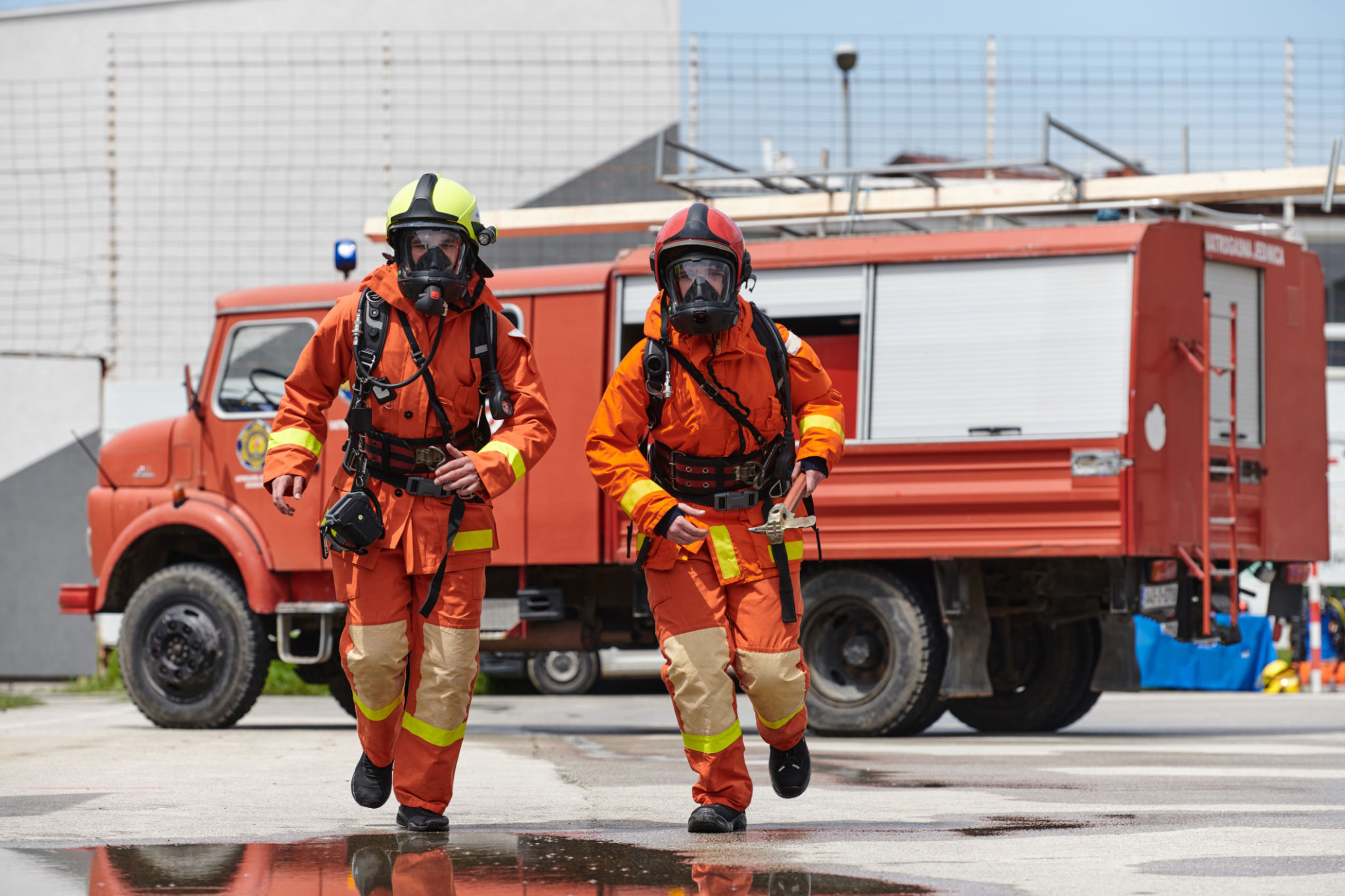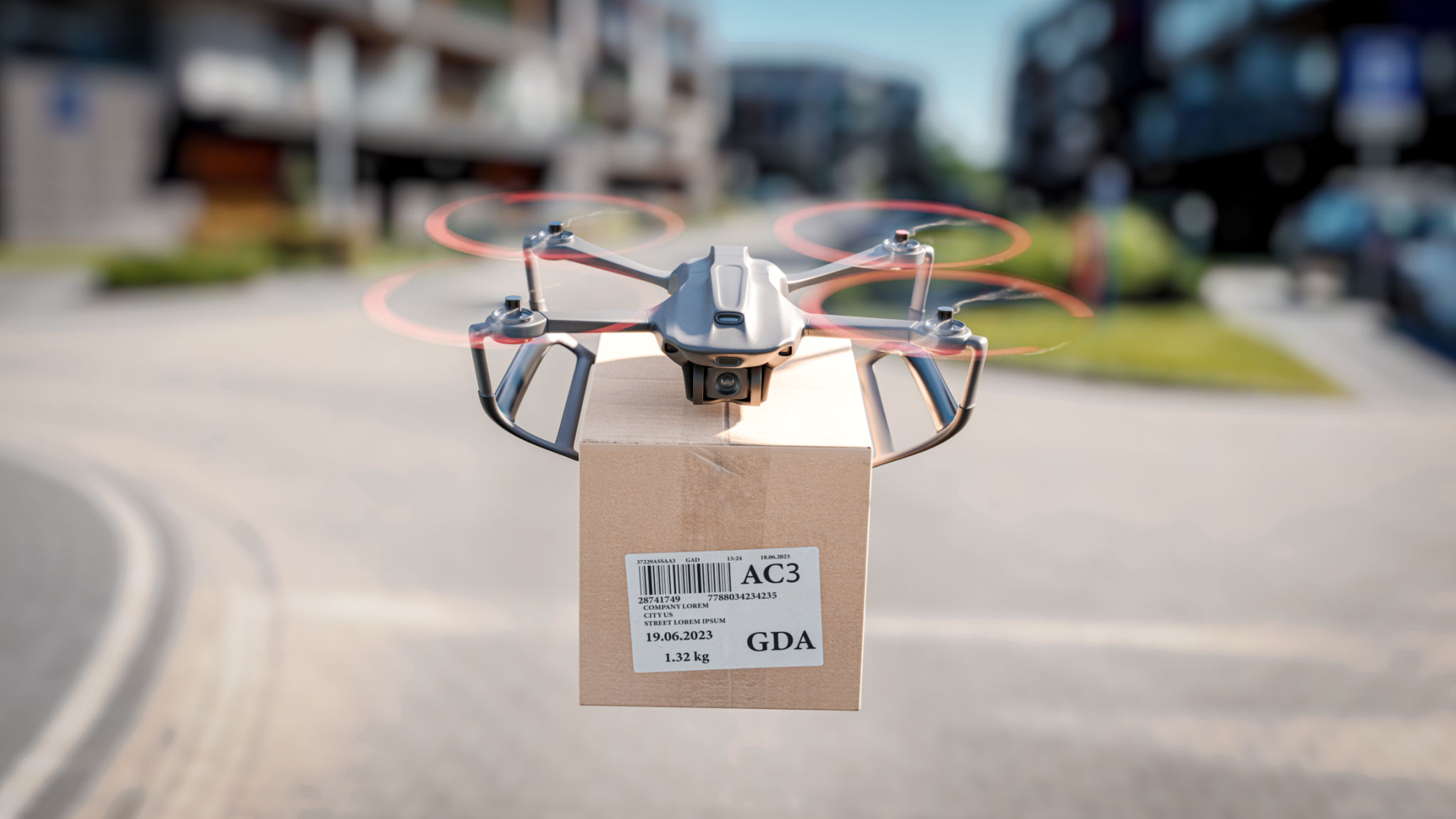How Mobile Medical Teams are Revolutionizing Disaster Relief Efforts
Introduction to Mobile Medical Teams
In recent years, mobile medical teams have become a pivotal element in disaster relief efforts. These teams, consisting of healthcare professionals and support staff, are equipped to provide rapid medical assistance in areas affected by natural disasters or humanitarian crises. Their ability to quickly mobilize and reach remote locations makes them invaluable in saving lives and alleviating suffering.

The Need for Swift Medical Response
Disasters often lead to widespread injury and disease, creating an urgent need for medical care. Traditional healthcare facilities may be damaged or overwhelmed, leaving affected populations vulnerable. Mobile medical teams bridge this gap by providing essential services such as triage, emergency care, and surgical interventions. Their presence ensures that even in the most challenging conditions, medical care is accessible.
With climate change leading to more frequent and severe natural disasters, the demand for mobile medical teams is only increasing. These teams can rapidly deploy to areas ravaged by hurricanes, earthquakes, floods, and other calamities, providing critical care when it is needed most.
Components of Mobile Medical Teams
Mobile medical teams are composed of various healthcare professionals, including doctors, nurses, paramedics, and logistical support staff. These individuals work together to deliver comprehensive medical services. Each team is equipped with portable medical supplies, diagnostic tools, and communication equipment, enabling them to operate independently in resource-limited settings.

In addition to providing immediate medical attention, these teams also play a crucial role in disease prevention and health education. By administering vaccines, distributing hygiene kits, and offering health information, they help reduce the risk of disease outbreaks following a disaster.
Innovative Technologies in Mobile Medical Care
Technology plays a significant role in enhancing the capabilities of mobile medical teams. Advances in telemedicine allow healthcare providers to consult with specialists remotely, ensuring that even complex cases receive expert attention. Portable diagnostic equipment enables on-the-spot testing and treatment, improving outcomes for patients in critical condition.
Moreover, the use of drones for delivering medical supplies to hard-to-reach areas has been a game-changer. This innovation allows teams to maintain a steady supply of essential medicines and equipment, even when roads are impassable.

Challenges Faced by Mobile Medical Teams
Despite their effectiveness, mobile medical teams face several challenges. Logistics can be complicated, with transportation and supply chain issues often hindering operations. Teams must also navigate complex security landscapes, especially in conflict zones where their safety may be at risk.
Funding is another significant hurdle. Ensuring that these teams have the resources they need requires ongoing financial support from governments, NGOs, and international organizations. Without sufficient funding, the ability to respond quickly and effectively can be compromised.
The Impact of Mobile Medical Teams
The impact of mobile medical teams on disaster relief efforts cannot be overstated. By providing timely medical care, they reduce mortality rates and improve health outcomes for affected populations. Their presence brings hope and reassurance to communities grappling with the aftermath of a disaster.
As the frequency of natural disasters continues to rise, the role of mobile medical teams will become increasingly critical. Their ability to adapt to changing circumstances and deliver high-quality care under pressure makes them an essential component of global disaster response strategies.
